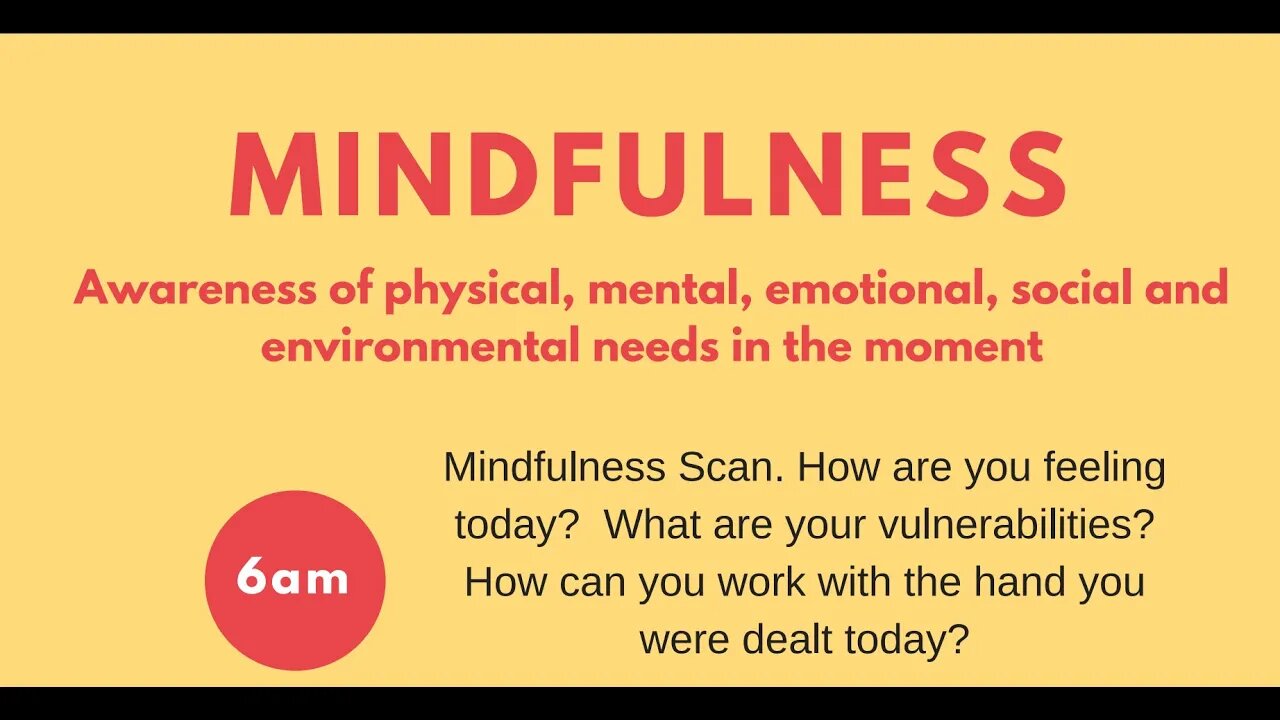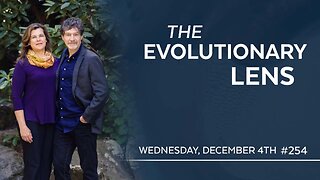Premium Only Content

Mindfulness And Self Care for Burnout Prevention
Dr. Dawn-Elise Snipes is a Licensed Professional Counselor and Qualified Clinical Supervisor. She received her PhD in Mental Health Counseling from the University of Florida in 2002. In addition to being a practicing clinician, she has provided training to counselors, social workers, nurses and case managers internationally since 2006 through AllCEUs.com Full PDF of Presentation Slides available here:
https://bit.ly/2KjS4uK
Want to chat with me? Join me at https://members.docsnipes.com/ For $10/month you get access to my daily tips for health and wellness and you can text chat with me privately.
Buy CEU course at: https://www.allceus.com/member/cart/index/product/id/1410/c/
Dr. Dawn-Elise Snipes, PhD, LPC-MHSP
Counselor Toolbox Podcast
Objectives
- Identify signs and causes of burnout
- Explore techniques for burnout prevention
Signs of Burnout
- Physical and emotional exhaustion
- Insomnia
- Impaired concentration or memory
- Physical symptoms (heart palpitations, HBP)
- Appetite changes
- Increased illness
- Increases in depression and/or anxiety
- Absence of positive emotions
- Cynicism and disillusionment
- Lack of patience
- Lack of resilience (everything is a crisis)
- Relationship deterioration
- Substance abuse
- Forgoing important personal activities
Causes of Burnout
- Excessive workload
- Emotionally draining work
- Lack of support
- Lack of resources
- Lack of rewards
- Lack of a sense of control/say
- Unclear or everchanging requirements
- Severe consequences of mistakes
- Work/life imbalance
- Perfectionistic tendencies; nothing is ever good enough
- Pessimistic view of yourself and the world
- The need to be in control; reluctance to delegate to others
- High-achieving, Type A personality
- Poor work/person fit
Interventions: Physical
- Sleep
- Nutrition
- Easy on the stimulants
- Circadian rhythms and bright light
- Pain management
- Exericse
Interventions: Affective and Cognitive
- Set SMART goals for work
- Brainstorm ways to work smarter, not harder
- Squeegee (Cleansing) breath
- Take time to add in the positive DAILY
- Each day identify 3-5 things that went well
- Keep a scrapbook or journal of your positive experiences (no PHI)
- Perennial Garden
- Ornaments/windchimes/stepping stones/Lego wall/backsplash tile wall
- Journal
Interventions: Affective and Cognitive
- Use psychological flexibility
- To me, a rich and meaningful life is…
- Is what I am doing/thinking/feeling helping me move toward those things?
- If not, what can I do to improve the next moment
- Perspective taking
- Decision making
- Coping and emotion regulation
- Assertiveness
- Relaxation
- Cognitive restructuring
Interventions: Affective and Cognitive
- Identify the strengths and resources you do have
- Mental Agility:
- The ability to look at situations from multiple perspectives and to think creatively and flexibly. (state the other perspectives or solve from multiple approaches: cheap, fast or right)
- Practice mindfulness
- How do you feel emotionally and where is it coming from?
- How do you feel physically and what does it mean?
- What are your current thoughts and where are they coming from?
- Be aware of your trauma triggers
Interventions: Affective and Cognitive
- Develop resiliency
- Vulnerability prevention and mitigation
- Awareness of what you can and cannot control
- Distress tolerance
- Optimism and hope
- Gratitude
- Optimistic explanatory style: the ability to notice and expect the positive, to focus on what you can control, and to take purposeful action
- Character strengths: Use your top strengths to engage authentically, overcome challenges, and create a life aligned with your values
Interventions: Affective and Cognitive
- Describe why you got into the field and visualize that intention (collage, etc)—money, help, adrenaline, status/power
- Check your need for perfectionism and control
Summary
- Burnout work environments are a reality
- Burnout does not have to be
- Burnout causes problems in
- Health
- Mental Health
- Relationships
- Work environment and employee retention
- Ability to provide client services
- Develop resilience and identifying the sources and interventions for your burnout
- Work/life imbalance
- Perfectionistic tendencies; nothing is ever good enough
- Pessimistic view of yourself and the world
- The need to be in control; reluctance to delegate to others
- High-achieving, Type A personality
- Poor work/person fit
Interventions: Physical
- Sleep
- Nutrition
- Easy on the stimulants
- Circadian rhythms and bright light
- Pain management
- Exericse
Summary
- Burnout work environments are a reality
- Burnout does not have to be
- Burnout causes problems in
- Health
- Mental Health
- Relationships
- Work environment and employee retention
- Ability to provide client services
- Develop resilience and identifying the sources and interventions for your burnout
#mindfulness #burnout #mentalhealthmatters
-
 2:40
2:40
DocSnipes
1 year agoWhy SMART Goal Setting Doesn't Work
113 -
 1:52:59
1:52:59
Redacted News
2 hours agoBREAKING! NATO PREPARES FOR MASSIVE STRIKES AGAINST RUSSIA, TUCKER CARLSON ARRIVES IN MOSCOW
55.5K101 -
 1:02:10
1:02:10
Candace Show Podcast
2 hours agoTucker Back In Russia - Is He A TRAITOR?! | Candace Ep 114
39.3K51 -
 LIVE
LIVE
Savanah Hernandez
1 hour agoSCOTUS hears arguments on child transition surgery as Daniel Penny awaits his fate
395 watching -
 1:47:13
1:47:13
In The Litter Box w/ Jewels & Catturd
21 hours agoWe're Back - For Real! | In the Litter Box w/ Jewels & Catturd – Ep. 698 – 12/04/2024
46.7K17 -
 8:59
8:59
IsaacButterfield
13 hours ago $0.27 earnedVegan Booty Sued ($300,000!!)
4K -
 LIVE
LIVE
Barry Cunningham
4 hours agoTRUMP DAILY BRIEFING: Deep State Targets Pete Hegseth! But He WILL Be Confirmed!
1,636 watching -
 1:46:33
1:46:33
Darkhorse Podcast
4 hours agoThe 254th Evolutionary Lens with Bret Weinstein and Heather Heying
36.2K24 -
 1:40:46
1:40:46
The Quartering
5 hours agoCEO Assassinated In NYC, Supreme Court Rules On Trans Issue, South Korea & Pete Hegseth Attacks
75.8K67 -
 1:41:03
1:41:03
Film Threat
8 hours agoSKELETON CREW REVIEW! | Hollywood on the Rocks
8.58K